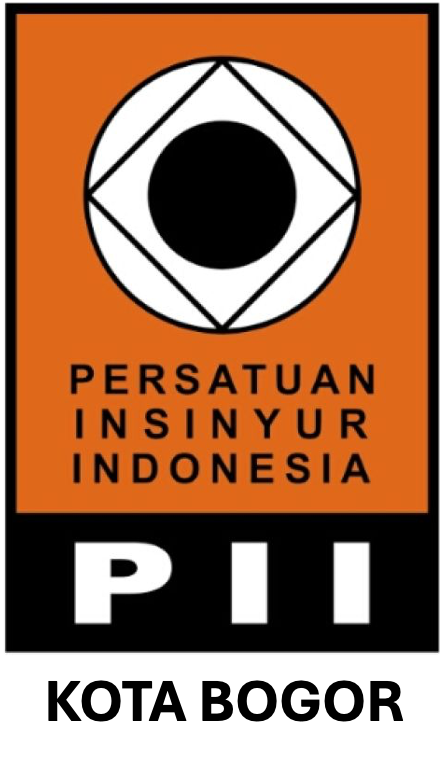Physical Vulnerability Modeling Based On Flood Inundation Model and Image Mining
Abstract
Flash flood disaster occurred within the City of Garut, West Java, Indonesia, on 20th September 2016, which caused many casualties and damages. Flood model could be performed to model the already-occurring disaster, as well as to depict future events that may occur to overcome any potential disasters, where the inundation flood model depicted the element at risk. In order to assist the analysis for the damages occurred, image mining could be used as part of the approach, where online media was utilized as well. The image mining resulted information about building damages caused by the flood. Afterwards, the physical vulnerability (buildings/residents) model could be further performed. Finally, the relationship between vulnerability and the flood inundation were portrayed. The resulted physical vulnerability model showed that larger height of the flood water caused higher degree of loss of the building, in which portrayed the need for total rebuild of houses as well. Considering available open source data and fast data acquisition, the approach showed such efficient approaches, where the results could be used in order to establish recommendation for building reinforcement, spatial planning, or protection wall in flood prone areas within the future time.
Downloads
References
Al-Mashidani, G., Pande, B. B., Mujda, M. F. (1978) A simple version of Gumbel's method for flood estimation / Version simplifiée de la méthode de Gumbel pour l'estimation des crues, Hydrological Sciences Bulletin, 23:3, 373-380.
Bo, L., Quan, Y., Gao, C., and Dong, X. (2014) Where your photo is taken: Geolocation Prediction for Social Images. Journal of the American Society for Information Science and Technology (JASIST), Volume 65 Issue 6, pages 1232-1243, June 2014.
Departemen Pekerjaan Umum. (2006) Program Rehabilitasi Gempa D.I. Yogyakarta dan Jawa Tengah. http://ciptakarya.pu.go.id/dok/gempa/main.htm. Accessed on 17 March 2016.
Douglas, J. (2007) Physical Vulnerability Modelling in Natural Hazard Risk Assessment,Natural Hazards and Earth System Sciences , 7, 283–288.
Ebert, A., Kerle, N., and Stein, A. (2008) Urban Social Vulnerability Assessment with Physical Proxies and Spatial Metrics derived from Air- and Spaceborne Imagery and GIS Data. Nat Hazards 48:275-294.
ISDR (2004) Living with Risk: A global review of disaster reduction initiatives. International Strategy for Disaster Reduction. Switzerland: United Nations.
Kuichling, E. (1889). The relation between the rainfall and the discharge of sewers in populous districts. Transactions, American Society of Civil Engineers 20, 1–56.
Rijal, S. S. (2012) Analisis Kerusakan Permukiman Akibat Banjir Lahar Pasca Erupsi Gunungapi Merapi 2010 Di Sebagian Kabupaten Magelang (in Bahasa). Un-Publised Thesis.
UNDRO (1984) Disaster prevention and mitigation-a compendium of current knowledge. Preparedness aspects, vol 11, New York
Villagrán de León, J. C. (2006b) Vulnerability. A Conceptual and Methodological Review Studies of the University: Research, Counsel, Education -Publication Series of UNI-EHS, 4, Bonn, Germany
Yoon, T., Rhodes, C., Shah, F. A. (2015) Upstream water resource management to address downstream pollution concerns: A policy framework with application to the Nakdong River basin in South Korea, Water Resour. Res., 51, 787–805
Authors who publish with Jurnal Teknik Sipil dan Lingkungan, JSIL agree to the following terms:
a. Authors retain copyright and grant the journal right of first publication with the work simultaneously licensed under a Creative Commons Attribution License that allows others to share the work with an acknowledgment of the work's authorship and initial publication in this journal.
b. Authors are able to enter into separate, additional contractual arrangements for the non-exclusive distribution of the journal's published version of the work (e.g., post it to an institutional repository or publish it in a book), with an acknowledgment of its initial publication in this journal.
c. Authors are permitted and encouraged to post their work online (e.g., in institutional repositories or on their website) prior to and during the submission process, as it can lead to productive exchanges, as well as earlier and greater citation of published work (See The Effect of Open Access).










